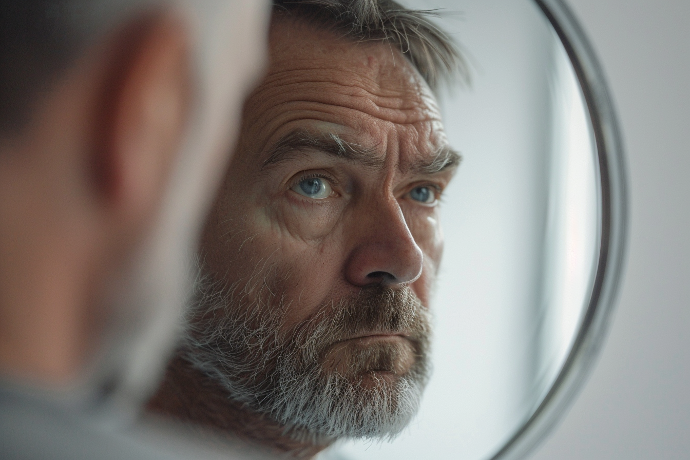
A Promising New Option for Androgenetic Alopecia
Androgenetic alopecia, also known as pattern baldness, is the most common form of hair loss, affecting up to 50% of men over 50 and a significant percentage of postmenopausal women. Among the available treatments, minoxidil, initially developed to treat severe hypertension, has become a leading treatment for hair loss due to its vasodilatory properties and its ability to promote hair growth.
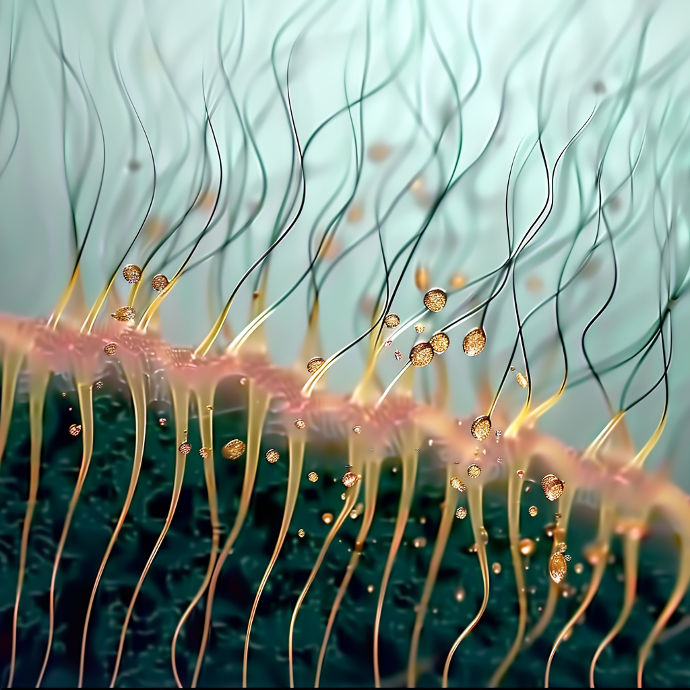
History and Development of Minoxidil
Minoxidil was introduced in the 1970s as a treatment for refractory hypertension, and its side effect of stimulating hair growth led to the development of a topical formulation marketed in 1986. While topical minoxidil is effective, its use is often limited by local side effects such as scalp irritation, changes in hair texture, and allergies.
Oral Minoxidil: A New Approach
Recent studies show that low-dose oral minoxidil (OM) can be a safe and effective alternative to topical treatment for various forms of alopecia. Oral administration offers several practical advantages over the topical formulation, including better adherence to treatment, reduced cost, and the possibility of co-therapy with other topical or oral treatments.
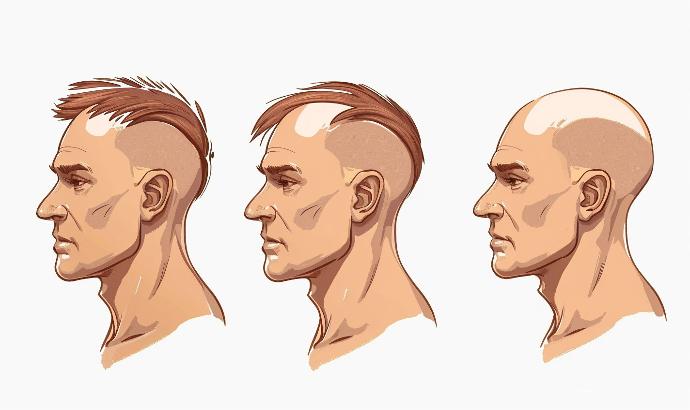
Mechanisms of Action of Minoxidil
Minoxidil works primarily by shortening the telogen phase (rest) and prolonging the anagen phase (growth) of the hair cycle, promoting an increase in hair diameter and length. The conversion of minoxidil to its active derivative, minoxidil sulfate, by follicular sulfotransferase activity, is crucial for its pharmacological efficacy.
Advantages of Oral Minoxidil Over Topical Minoxidil
Several studies have compared the efficacy of low-dose oral minoxidil with that of topical minoxidil, showing that oral minoxidil can be equally effective, if not more so, due to better absorption and optimal conversion to the active metabolite. The main practical advantages of oral minoxidil include easier usage, better cosmetics without product residue on the scalp, and reduced costs compared to over-the-counter topical formulations.
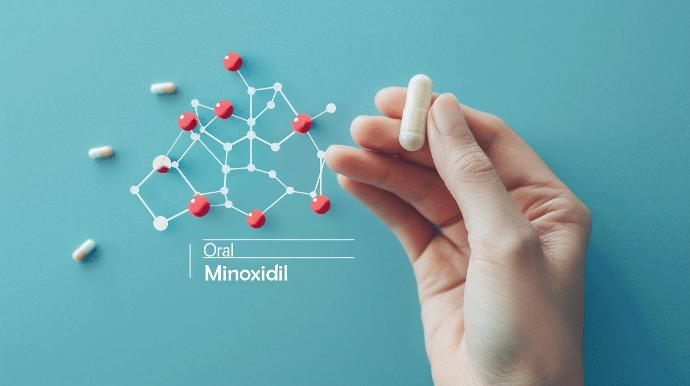
Indications and Dosages
Oral minoxidil is prescribed at much lower doses to treat alopecia than those used for hypertension, thus avoiding severe systemic side effects. Recommended doses for androgenetic alopecia generally range from 0.25 to 1.25 mg per day for women and 2.5 to 5 mg per day for men.
Female Pattern Hair Loss
Studies show that doses of 0.25 to 1.25 mg per day of oral minoxidil can improve androgenetic alopecia in 61 to 86% of female patients, with a favorable safety profile. One study demonstrated that 0.25 mg of oral minoxidil twice daily was a satisfactory and safe alternative to topical solutions in women.
Male Pattern Hair Loss
In men, doses of 2.5 to 5 mg per day are generally necessary to see significant results, although lower doses may be effective in some patients. Combining oral minoxidil with other treatments such as 5-alpha reductase inhibitors can further improve results.
Side Effects and Precautions
At high doses, minoxidil can cause side effects such as fluid retention, reflex tachycardia, and rarely, pericardial effusion. However, at low doses, side effects are generally minimal and primarily include hypertrichosis (excessive hair growth) and, less commonly, orthostatic hypotension and lower limb edema. Measures can be taken to minimize these effects, such as taking the medication at bedtime to avoid dizziness and using diuretics to manage edema.
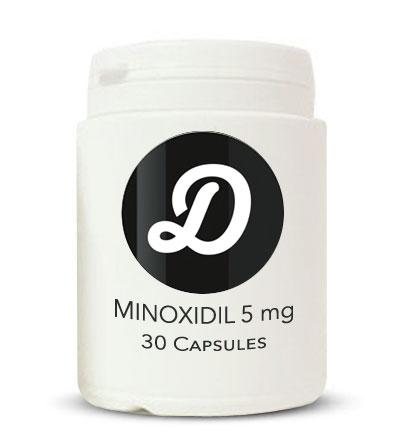
Conclusion
In conclusion, low-dose oral minoxidil represents a promising advance in the treatment of androgenetic alopecia. It offers a viable alternative for patients who do not tolerate or respond well to topical treatments, with better adherence and reduced costs. While further studies are needed to confirm its long-term efficacy and safety, current data suggest that oral minoxidil could become a standard treatment for androgenetic hair loss.
References
- Gupta M, Mysore V. Classifications of patterned hair loss: A review. J Cutan Aesthet Surg 2016;9:3-12.
- Gomolin A, Litvinov IV, Netchiporouk E. Oral minoxidil: A possible new therapy for androgenetic alopecia. J Cutan Med Surg 2020;24:88-9.
- Feaster B, Onamusi T, Cooley JE, McMichael AJ. Oral minoxidil use in androgenetic alopecia and telogen effluvium. Arch Dermatol Res 2022. doi: 10.1007/s00403-022-02331-5. Online ahead of print.
- Randolph M, Tosti A. Oral minoxidil treatment for hair loss: A review of efficacy and safety. J Am Acad Dermatol 2021;84:737-46.
- Manabe M, Tsuboi R, Itami S, Osada S-I, Amoh Y, Ito T, et al. Guidelines for the diagnosis and treatment of male-pattern and female-pattern hair loss, 2017 version. J Dermatol 2018;45:1031-43.
- Pindado-Ortega C, Saceda-Corralo D, Fernández-Nieto D, Jiménez-Cauhé J, Ortega-Quijano D, Moreno-Arrones ÓM, et al. Prescribing habits for androgenic alopecia among dermatologists in Spain in 2019-2020: A cross-sectional study. Skin Appendage Disord 2020;6:283-6.
- Jimenez-Cauhe J, Saceda-Corralo D, Rodrigues-Barata R, Moreno-Arrones OM, Ortega-Quijano D, Fernandez-Nieto D, et al. Safety of low-dose oral minoxidil treatment for hair loss. A systematic review and pooled-analysis of individual patient data. Dermatol Ther 2020;33.
- Gupta AK, Talukder M, Venkataraman M, Bamimore MA. Minoxidil: A comprehensive review. J Dermatolog Treat 2022;33:1896-906.